North Cascades is breathtakingly beautiful, but sprawled out over a vast wilderness in the far north part of the country. It’s the least visited of Washington’s three National Parks, but its popularity doesn’t tell the whole story. It’s a fascinating place with some interesting stories to tell.
Do you want to learn about this lesser-known park? Here are 10 fun facts about North Cascades National Park that you never knew you needed to know!
Subscribe to daily national parks planning tips, travel inspiration and trip ideas and I’ll send you a free PDF
10 Fun Facts About North Cascades National Park
No time right now to read these Fun Facts About North Cascades National Park? Pin It and save it for later:
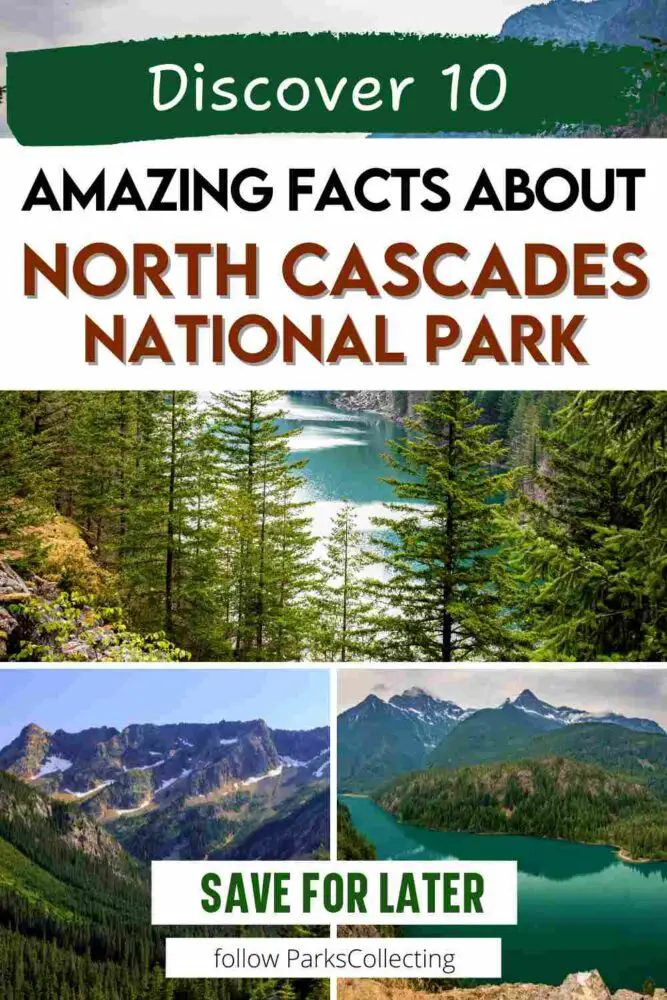
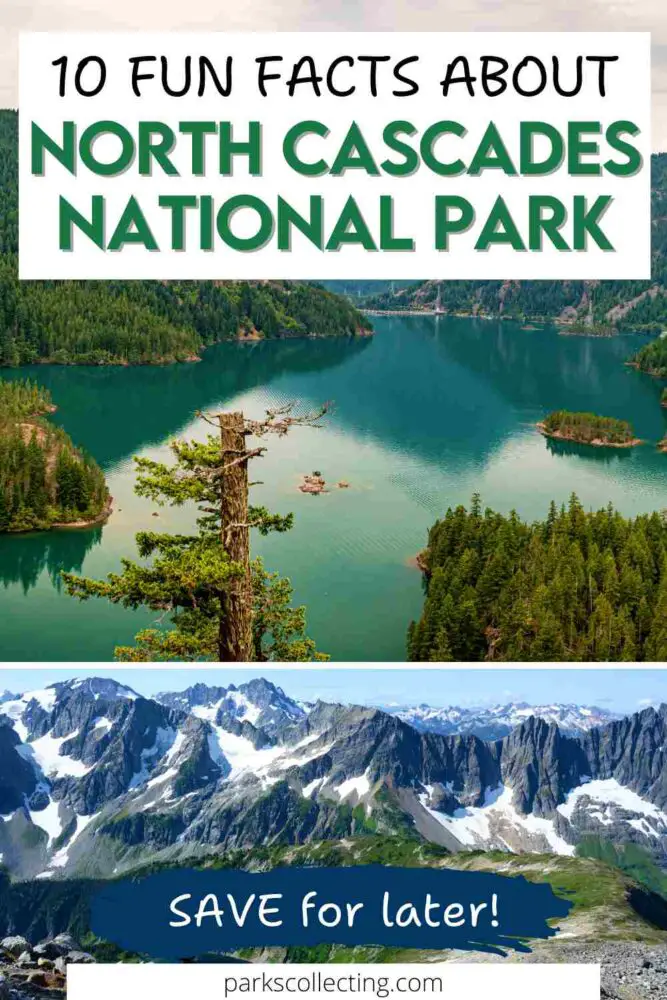
🛏️TOP HOTEL PICK: Check availability now
🚘FIND THE CHEAPEST CAR RENTAL: Search Discover Cars for the best deals
✈️FIND THE CHEAPEST FLIGHTS: Search Skyscanner for the best deals
🧳GET TRAVEL INSURANCE: Get insured with Travelex before you go
Table of Contents
Basic Facts About North Cascades National Park
⭐ Location: Washington
⭐ Size: 505,000 acres
⭐ Number of Visitors each Year: Only 40,351people visited North cascades in 2023
⭐ Annual Rainfall: 76 inches
⭐ Highest Elevation: 9,220 feet (Goode Mountain)
⭐ Lowest Elevation: 605 feet (Goodell Creek)
⭐ Date it Became a National Park: October 2, 1968
10 Fun Facts About North Cascades National Park
1. North Cascades National Park Complex is actually comprised of four distinct districts
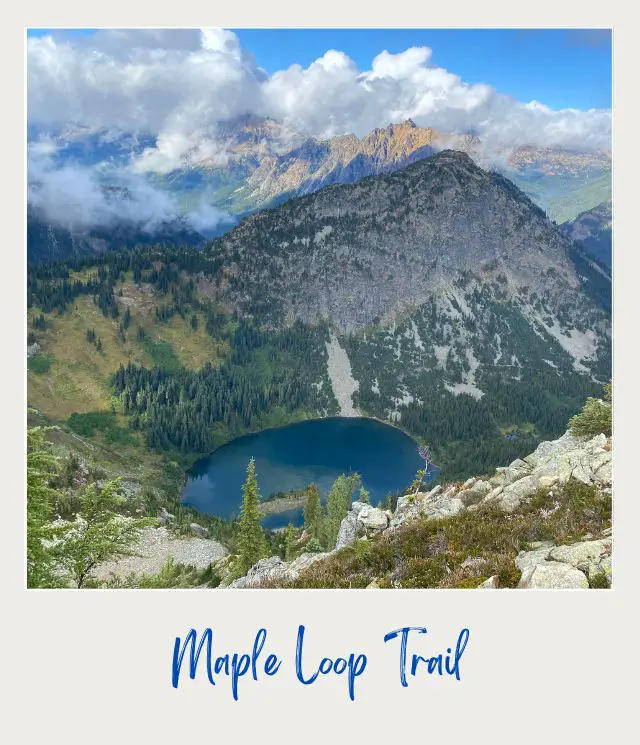
Unlike most parks, North Cascades National Park Complex, as it is officially called, is not a single unit — it’s a composite of four unique districts, each offering its own array of natural wonders.
The North Cascades National Park North Unit and South Unit are the bulk of the wilderness, while Ross Lake and Lake Chelan National Recreation Areas are more accessible areas with recreational opportunities and – of course – breathtaking scenery.
Each district within the North Cascades National Park Complex offers a different experience. The Ross Lake National Recreation Area is a magnet for anglers and kayakers, with its shimmering waters and surrounding peaks. Lake Chelan National Recreation Area boasts the remote town of Stehekin, or a long hike, offering a true escape from the hustle and bustle.
The North and South Units of the park are hikers’ and climbers’ dreams, with trails and climbs that cater to all levels of adventure seekers.
2. The park is home to a major hydroelectric scheme
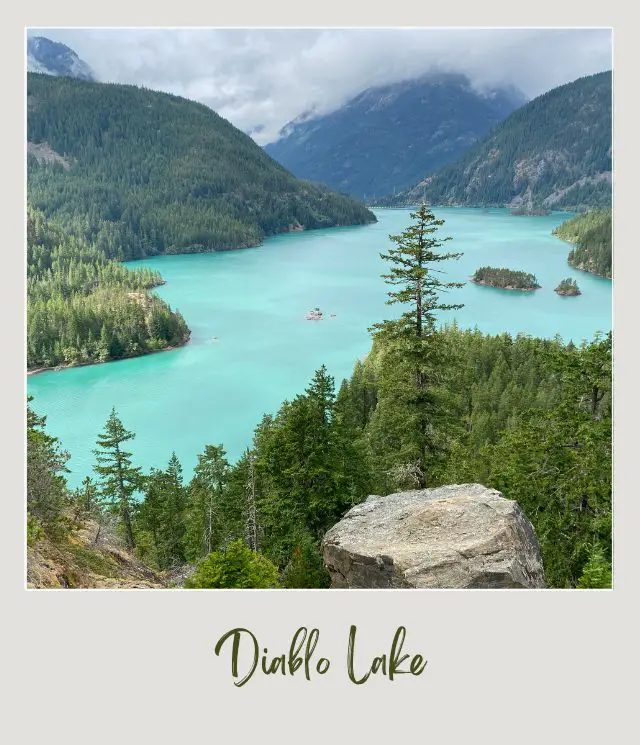
This is probably not what you expect in a national park, but North Cascades National Park is home to a n active hydroelectric scheme, Seattle City Light’s Skagit River Hydroelectric Project.
Located in Ross Lake National Recreation Area, the Skagit River is dammed in three places. The three dams – Gorge, Diablo, and Ross – form three stunning lakes of the same name. Diablo Lake is especially famous for its brilliant green color. As you gaze down on Diablo Lake from the overlook above it, you can see electric wires around the edges of the artificial lake.
There are several sites along the river where you can see the electric generators. It may not be what you expect in a national park, but it’s an interesting contrast to the rugged wilderness of most of the park.
3. North Cascades National Park is often referred to as the “American Alps”
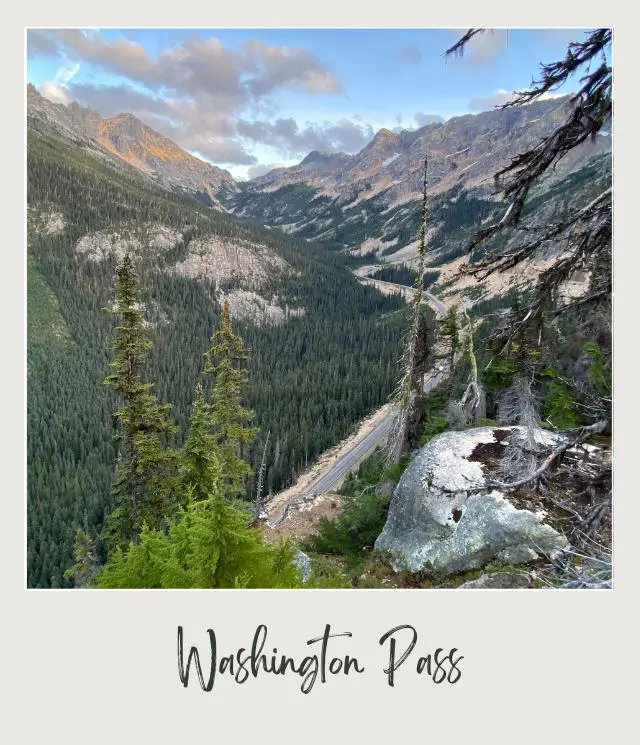
North Cascades National Park is affectionately termed the “American Alps” because the landscape resembles the famous European mountain range.
The skyline is dominated by sharp peaks and high ridges, drawing climbers and photographers alike. This alpine environment offers a range of experiences, from challenging ascents to peaceful valley walks, all with the backdrop of towering mountains.
A popular way to enjoy the mountains is the scenic drive through the Ross Lake National Recreation Area on Highway 20 alongside the Skagit River. And, of course, hiking. My favorite hikes are the Maple Loop Trail and the Blue Lake Trail.
4. The tallest mountain in the park is not volcanic
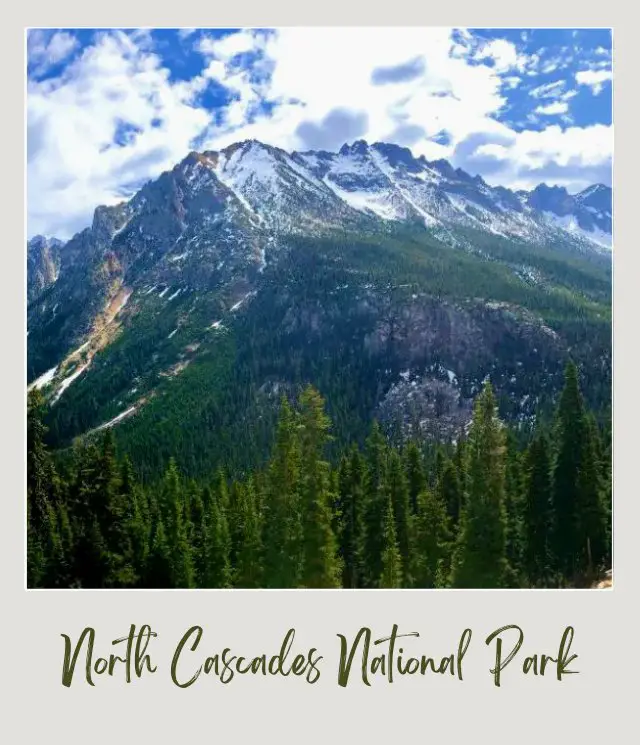
Goode Mountain (or Mt. Goode as it’s more often called) is the tallest peak in the park. At 9,220 feet, it’s the fourth-highest non-volcanic peak in Washington and one of ten non-volcanic peaks in the state taller than 9,000 feet.
It’s located in the southern section of the park between the Skagit River and Lake Chelan.
Other mountains in the park include Buckner Mountain (9,114 feet), Mount Logan (9,087 feet), Black Peak (8,970 feet), Boston Peak (8,894 feet), Eldorado Peak (8,868 feet) and Forbidden Peak (8,815 feet).
5. Grizzly bears returned to North Cascades in 2024
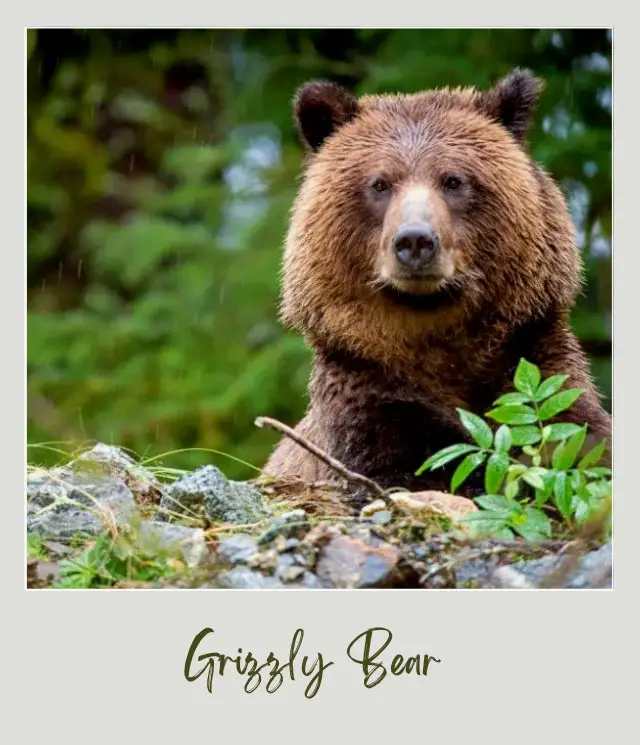
The National Park Service and U.S. Fish and Wildlife Service started actively restore grizzly bears to the North Cascades National Park in 2024. The bears used to roam in the area, but the last confirmed sighting of a grizzly bear in the U.S. portion of the North Cascades ecosystem prior to the reintroduction was in 1996.
Restoring grizzlies to the mountain range will contribute to overall grizzly bear recovery and will help enhance the variety of life in the ecosystem.
They’ll move about 25 grizzly bears over a period of 5-10 years from the Rocky Mountains or British Columbia in Canada.
6. North Cascades has more plant species than any other national park
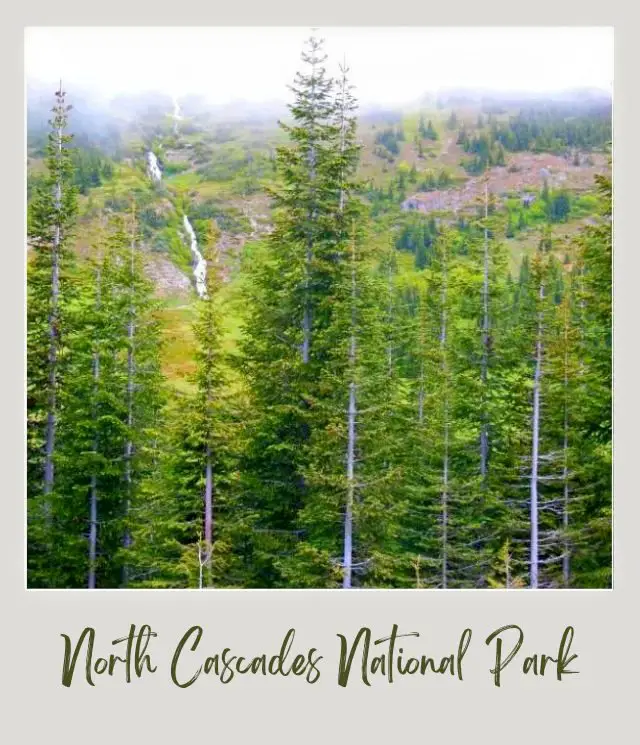
North Cascades National Park is home to more plant species than any other national park in the country.
With approximately 1,630 vascular plant species identified, the park’s flora is as varied as the landscape itself. This diversity is supported by the park’s eight distinct life zones, each providing a unique habitat that contributes to the overall ecological richness.
The park’s biodiversity is a result of several factors, including ample moisture, suitable soil types, and significant vertical relief. These conditions create a hospitable environment for a wide array of plant life, from lush valley floors to rugged mountain peaks.
7. North Cascades has more than 300 glaciers
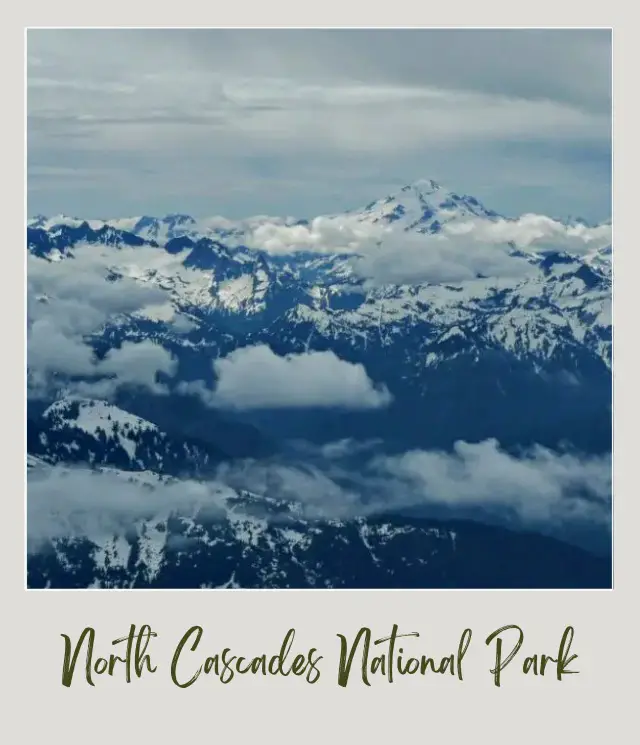
With more than 300 glaciers, North Cascades National Park houses the most glaciers outside of Alaska and accounts for one-third of all glaciers in the lower 48 states!
These icy giants are not only visually stunning but also play a critical role in the park’s water systems and climate. However, these glaciers have been shrinking, a trend that reflects broader environmental changes and underscores the urgency of understanding and addressing climate impacts.
The park’s glaciers are powerful indicators of our planet’s health and are closely monitored to track the effects of a warming climate. Despite their retreat, the glaciers of North Cascades continue to sculpt the landscape, carving valleys and shaping the peaks that define the park’s topography.
8. The park has a town you can’t drive to
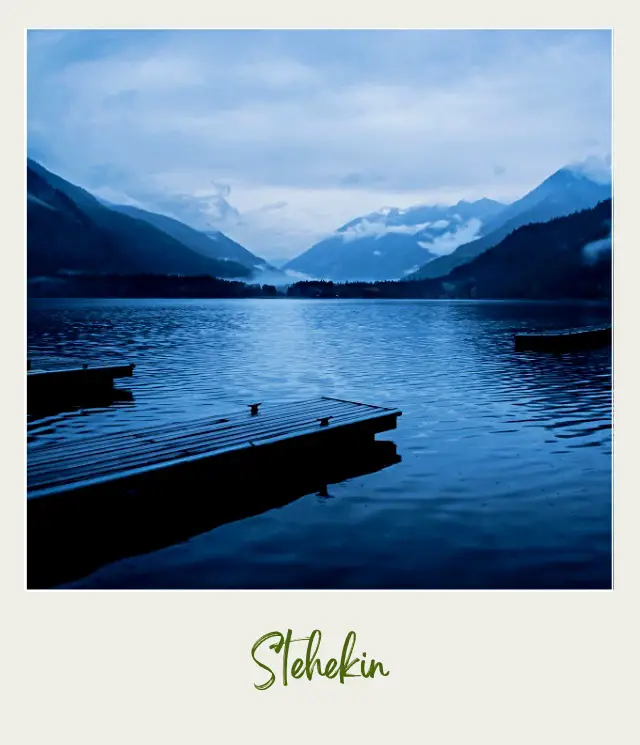
Stehekin, a small community nestled within the Lake Chelan National Recreation Area, offers a unique experience for visitors. It’s a town without roads leading to it, accessible only by boat, floatplane, or a long hike.
The journey to Stehekin is part of the adventure, whether you’re gliding across the water on a ferry or soaring above the landscape in a plane.
Once there, the pace of life slows down, inviting guests to explore the area on foot, by bike, or on horseback. This isolation creates a sense of tranquility, allowing you to disconnect from the outside world and immerse yourself in the natural surroundings.
The community serves as a hub for those looking to venture deeper into the wilderness or simply enjoy a quiet retreat by the lake.
9. North Cascades is the 20th largest and the second least visited U.S. national park
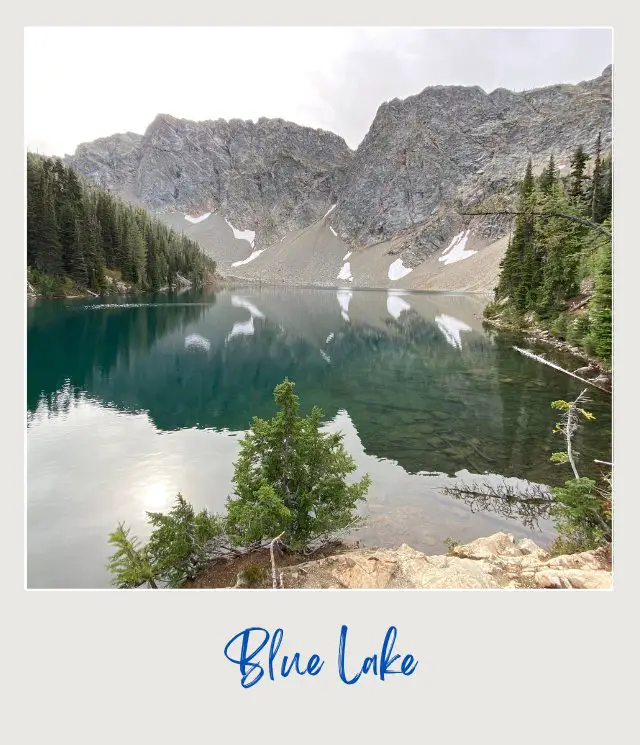
North Cascades National Park covers a total area of 504,780 acres, making it the 20th largest national park in the United States. This extensive area encompasses a variety of landscapes, from dense forests and alpine meadows to rugged peaks and cascading waterfalls.
Despite this, in 2024, North Cascades National Park was one of the least visited national parks in the United States, with just 16,485 visits.
This low number is not a reflection of the park’s value but rather an indication of its undiscovered status. Visitors who do make the journey are rewarded with minimal crowds and an unspoiled natural environment.
10. There’s a wild west town just outside the park

Located just outside North Cascades National Park, Winthrop is designed to resemble an authentic Old West town from the late 19th century. The town’s appearance is not accidental; it was purposefully redesigned in the 1970s to reflect the aesthetic of the 1850s to 1900s Wild West.
This transformation was part of a revitalization effort to attract tourists and create a unique destination that complements the natural beauty of the surrounding area.
The town’s westernization standards and criteria are strictly adhered to. As a result, Winthrop features old-west facades, wooden boardwalks, and historical motifs that give visitors the feeling of stepping back in time.
This thematic approach has been successful, making Winthrop a charming and distinctive place that offers a slice of Americana and serves as a gateway to the natural splendor of the North Cascades.
Subscribe to daily national parks planning tips, travel inspiration and trip ideas and I’ll send you a free PDF
10 Fun Facts About North Cascades National Park
More Information About North Cascades National Park
Are you feeling inspired to visit North Cascades National Park? Start planning your trip now with these guides:
⭐ North Cascades National Park Guide
⭐ Planning A Trip to North Cascades National Park: 7 Mistakes to Avoid
⭐ How To Get to North Cascades National Park
⭐ The Airports Near North Cascades National Park
⭐ The Closest Airport to North Cascades National Park
⭐ Best Time To Visit North Cascades National Park
⭐ Visiting North Cascades National Park: What To Expect Throughout the Year
⭐ 10 Tips For Visiting North Cascades National Park
Do you have any other fun facts about North Cascades National Park to share? I’d love to hear them. Join my private Facebook group National Parks Collectors and comment and let me know (you can also pick up extra planning tips, share your photos and stories with other national park lovers and more).
If you liked this article, Pin It to your North Cascades National Park board!


💡 Are you just starting to think about taking a national parks trip? Get Inspiration
‼️ Are you looking for helpful tips for visiting US national parks? Read articles that share useful tips on a range of national-park related issues
💻 Are you starting to plan a trip to North Cascades National Park? Read my Guide to North Cascades National Park
💲 Are you ready to book your trip? Use these Planning and Booking Resources
📖 Do you want to read a book about US national parks? Check out my Recommended Reading Lists
About the Author
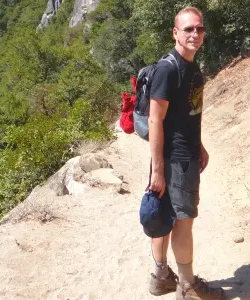
James Ian is a national park, camping and hiking expert.
He has dedicated his life to travel, visiting more than 80 countries, all 7 continents and most of the national parks in the United States. With over 35 years experience in the travel industry, James has worked on cruise ships, at resorts and hotels, and as a travel planner who’s helped hundreds of people plan successful trips to US national parks.
Based on his experience visiting our national parks multiple times, in-depth research and expertise as a travel planner, James has published detailed itineraries for many of the major national parks in the US. These itineraries, as well as in-depth park guides, and other resources will help you have your own incredible trip to US national parks without stress and hassle.
As a national park expert, James has contributed to many publications, including USA Today, Newsweek, Time Business News, Savoteur, Best Trip, and Wired.
I’m a member of the Amazon Services LLC Associates Program. As an Amazon Associate I earn from qualifying purchases.
